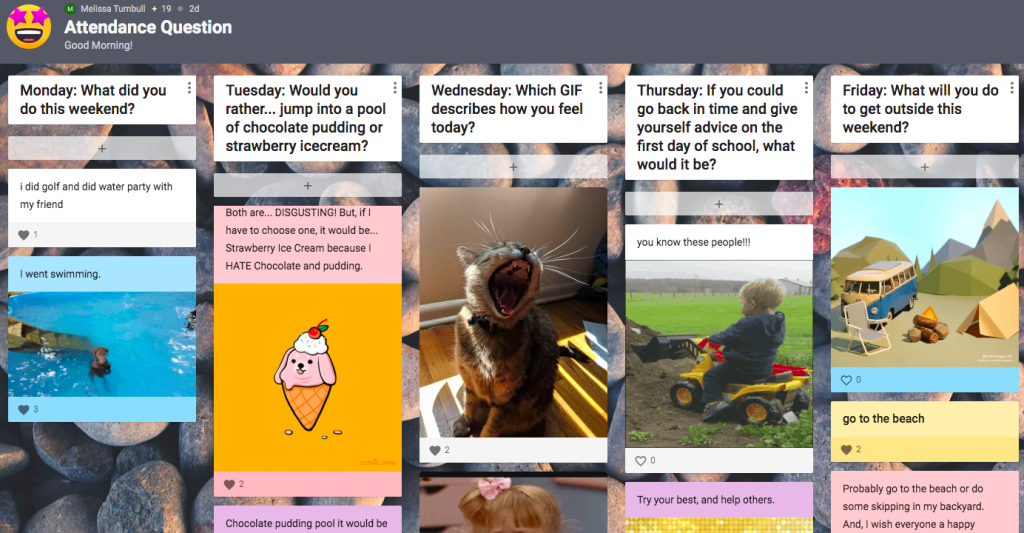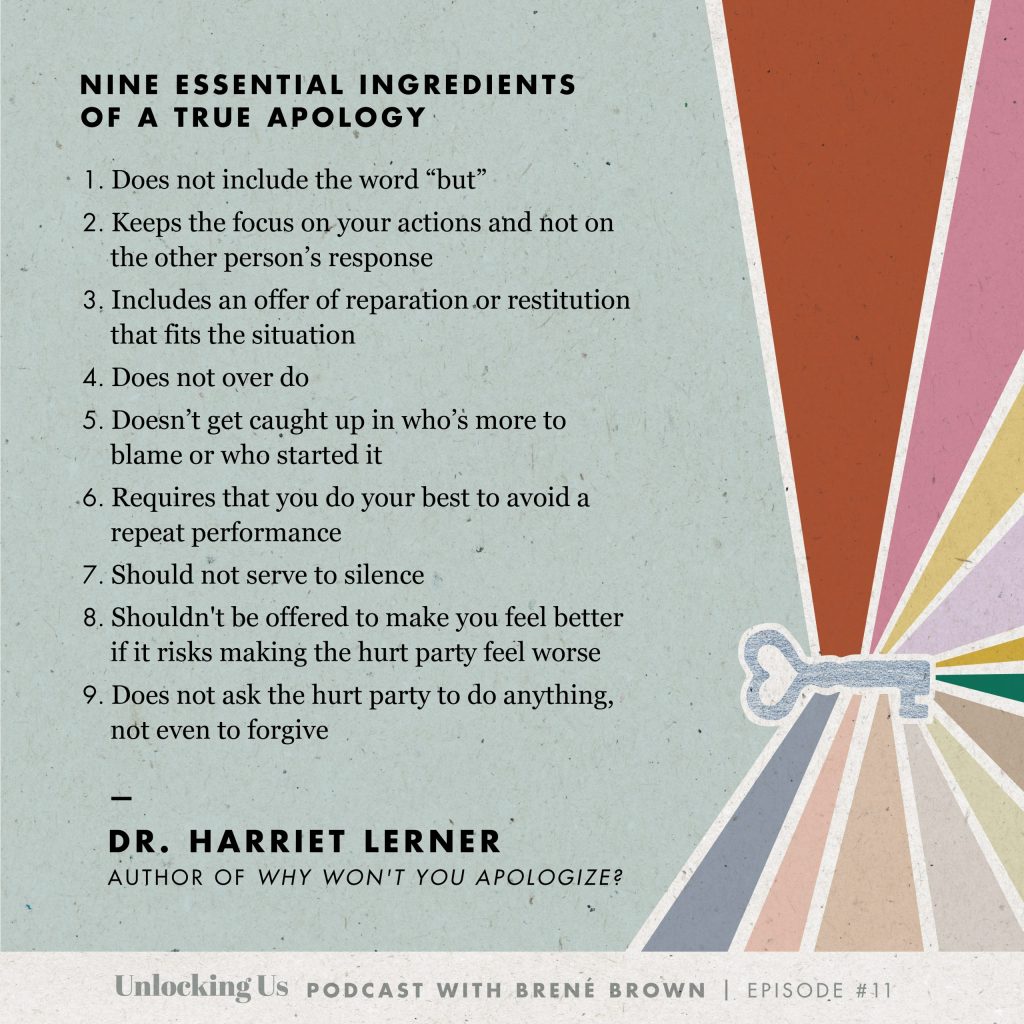June 30th, 2021
So begins the summer of 2021 for many.
If you’re anything like me, you are absolutely ready for a screen break.
Typically during the summer months, I would enjoy binging my favourite television shows – but not this summer. This summer is dedicated to closing my laptop, signing off and getting outside. I asked my students during the last week of school to tell me 10 things they wanted to do this summer that did not include technology. They had great wishes for their summers including walks with pets, hopes for camping trips (even in the backyard), plans to eat ice cream, discover new hobbies and try new sports.
With the realization that we are heading back into the unknown in the fall, I have been reflecting on ways in which to personally enjoy my own summer and take a much needed break to refresh. I remind myself that come September I cannot ‘give’ from an ’empty bucket’ – something I preach but need to actively practice. My students enjoyed brainstorming their wishes for the summer so much, that I decided to take on this task myself.
Here are 10 ways I hope to rest, relax and recharge during my summer 2021:
- Go on a camping trip
- Practice outdoor yoga
- Donate gently used clothes to charity
- Practice my new hobby (playing the guitar)
- Support local restaurants/markets and businesses
- Walk in National Parks
- Go on a road trip
- Have a picnic
- Bake lots of tasty treats
- Read a good book
What are 10 things you wish to do this summer?
I am wishing a happy, healthy and safe summer to all. I look forward to learning alongside all of you again this fall!
All the best,
Melissa


